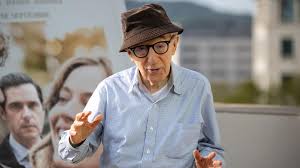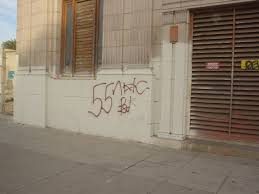The Complex Legacy of Woody Allen in Film and Society

Introduction
Woody Allen is a figure synonymous with both cinematic brilliance and controversy. Over a career spanning more than six decades, he has been a pivotal player in American cinema, influencing countless filmmakers and generating a wide catalogue of critically acclaimed films. However, his legacy is marred by personal controversies that have sparked intense debate within the film community and society at large. As discussions around the accountability of artists in light of their personal lives grow ever more relevant, understanding Allen’s legacy is crucial.
Career Overview
Born in 1935, Woody Allen began his career as a comedy writer before transitioning to film in the 1960s. His notable works, such as ‘Annie Hall’, ‘Manhattan’, and ‘Hannah and Her Sisters’, demonstrate his unique blend of humour, romance, and philosophy, often exploring themes of existentialism and relationships. Allen has received numerous accolades, including four Academy Awards, establishing him as a cornerstone of American independent cinema.
Controversies Surrounding Allen
Despite his artistic contributions, Allen’s legacy has been overshadowed by allegations of sexual misconduct. The accusations, particularly those involving his adoptive daughter, Dylan Farrow, have led to a polarising discussion about moral responsibility in the arts. The recent resurgence of the #MeToo movement has reignited scrutiny over Allen’s actions and the culpability of institutions that continue to support his work.
In 2020, actor Timothy Chalamet stated he regretted being part of Allen’s film, which highlighted the shift in actors’ willingness to collaborate with him amidst ongoing accusations. Accusations also affected Allen’s recent films, with major distributors and actors distancing themselves from his projects.
Public and Critical Response
The public response to Allen’s controversies has been mixed. Some defend his work, citing artistic merit over personal failings, while others call for accountability and transparency. Recent surveys indicate that many younger viewers are less inclined to watch his films due to the allegations, suggesting a generational shift in how audiences engage with art. Allen’s case serves as a barometer for the modern conversation around ethics in the arts, raising questions about how far one can separate the artist from their work.
Conclusion
Woody Allen’s legacy embodies the complexity of the intersection between art and personal morality. As society continues to grapple with the implications of artists’ lived experiences on their work, Allen’s case remains one of the most poignant examples. It urges audiences to consider deeper questions regarding accountability, influence, and the nuances of legacy in the art world. With potential new projects and ongoing discussions about his past, the debate surrounding Woody Allen is far from over; it encourages readers to reflect on the impact of personal actions in the narrative of creative expression.









